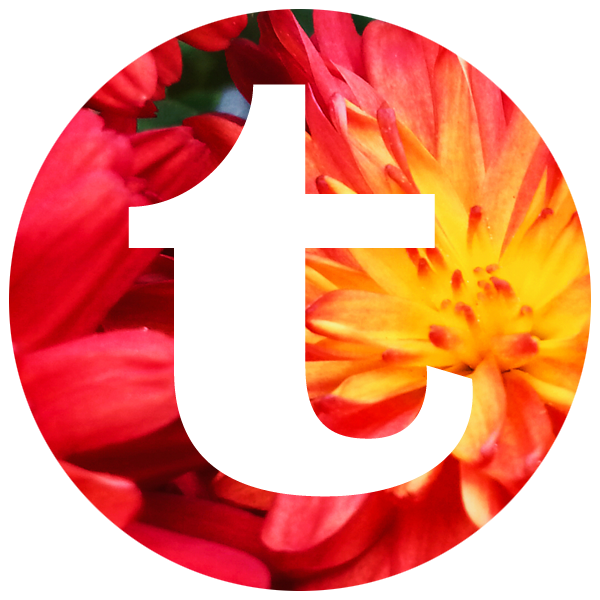JW [John William] Lewin was the first professional artist to emigrate to Australia in 1800, not much more than ten years after the first white settlement was established in the “new country”.
Encouraged to go by a wealthy patron to collect and observe specimens of the exotic and unusual creatures to be found there, his adventure didn’t begin well. He missed the boat sailing from England which was bad enough, but this was made worse by the fact that his wife had been waiting on board for him – she ended up distraught and alone in a strange country. Then the next boat that he organised to travel on was delayed a long time, and he didn’t arrive for another 12 months.
But of course it is his images of the exotic natural history of Australia that he is best known for, and that he was Australia’s first printmaker.
The craze for natural history in England and Europe at that time had meant a plethora of images had been produced. However, specimens of any kind were most usually depicted devoid of all context; typically an engraved plate or watercolour would include a likeness of the thing on an otherwise blank page, or in a generic background. Worse still, many likenesses were drawn from dead and possibly poorly preserved specimens, leaving the artist guessing as to how they might have looked when alive, or in some cases they had been imagined and drawn from written descriptions – this was especially true of things from the other side of the world.
JW’s images of the flora and fauna of New South Wales were innovative. He observed and drew directly from nature, and his images are striking not only for their graphic composition, but also for the inclusion of naturalistic habitat – birds were painted sitting on branches of trees they typically frequented; the life cycle of moths was depicted with images of cocoons and larvae, along with the mature moth. Attention was paid to both flora and fauna equally.
But enough about JW.
This book was written by Richard Neville, Mitchell Librarian at the State Library of NSW. It is indeed a scholarly work, filled with stories of JW and his encounters, and descriptions of the times and circumstances that led up to his being there. It is long on detail, which makes for dry reading on occasion. But I must, that the more I read, the more I was intrigued by the story of this gifted, yet oddly bumbling man. And it IS filled with the gloriousness of JW’s artworks – which is why I was attracted to pick it up in the first place. They are very beautiful.
I wouldn’t recommend this book for the casual browser; it is too long and too dense for a flick through. And there is quite a mix of images too, from contemporary English painters, and other Lewins in the family (especially William, his father). This took a little time to digest and tease apart who did what, and what was their context. I kept having to turn back a page or two to remind myself of who goes where.
So in conclusion, I would say – if you love history, with a side interest in natural history illustration, then this is the book for you. Take that as you will.

